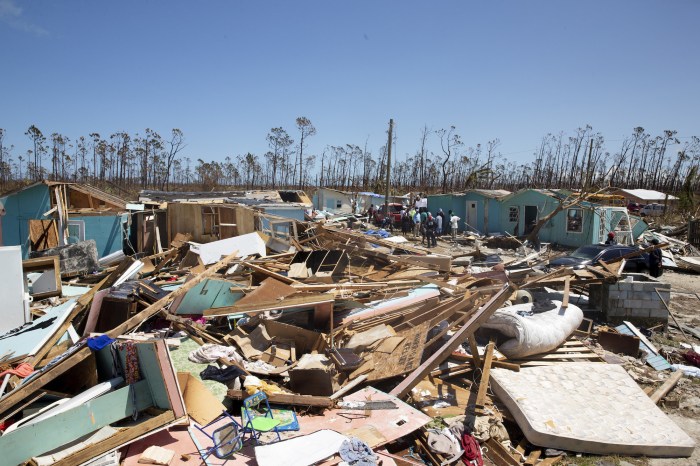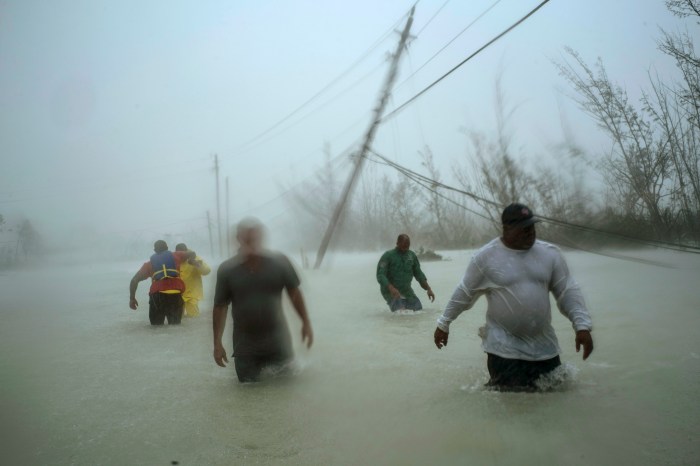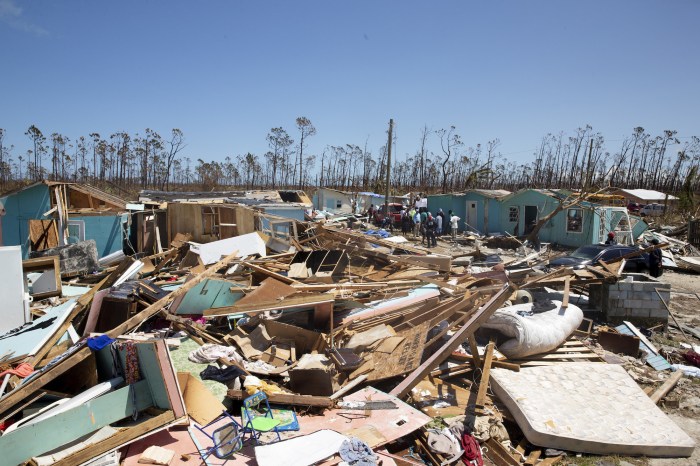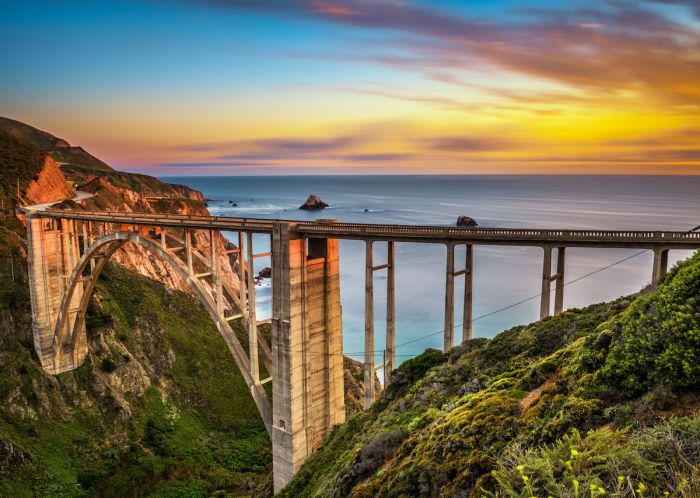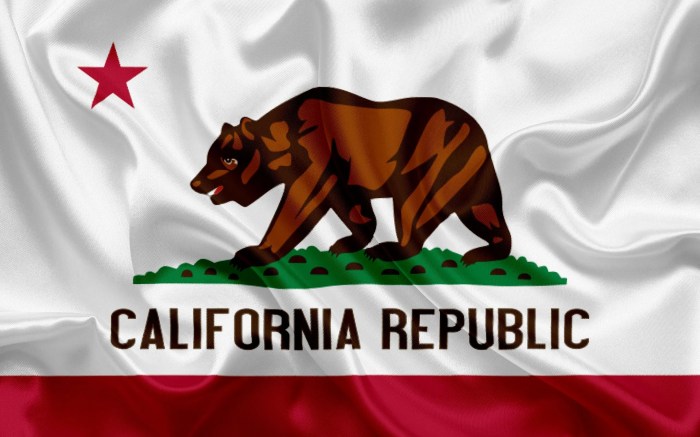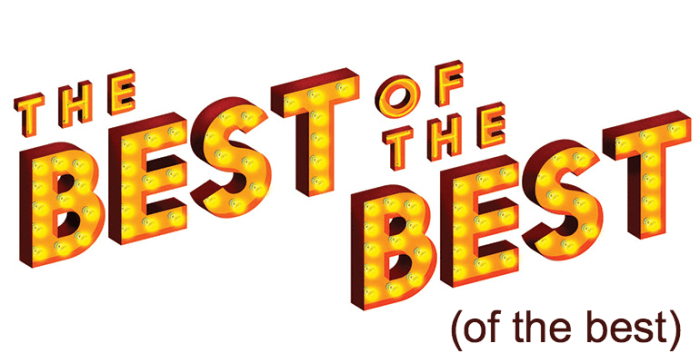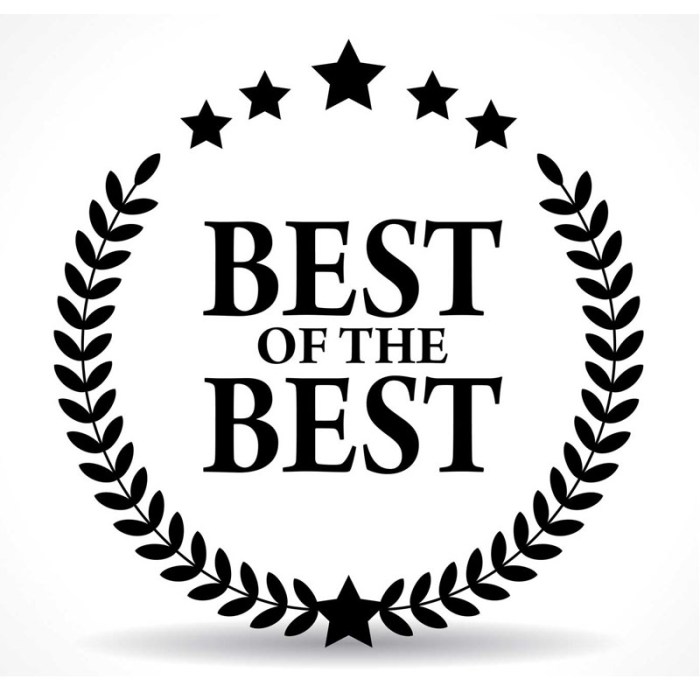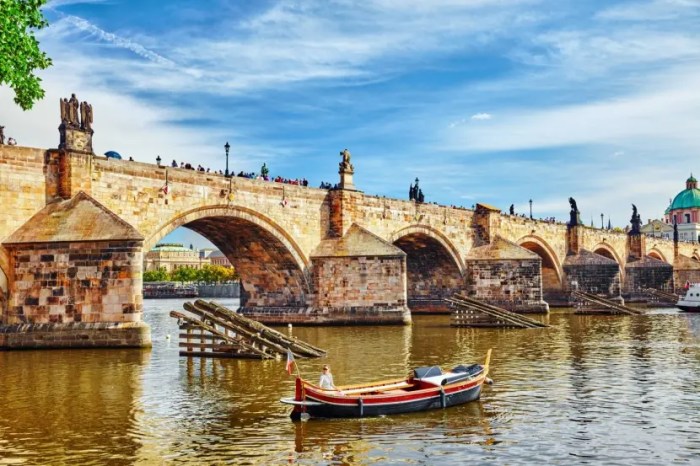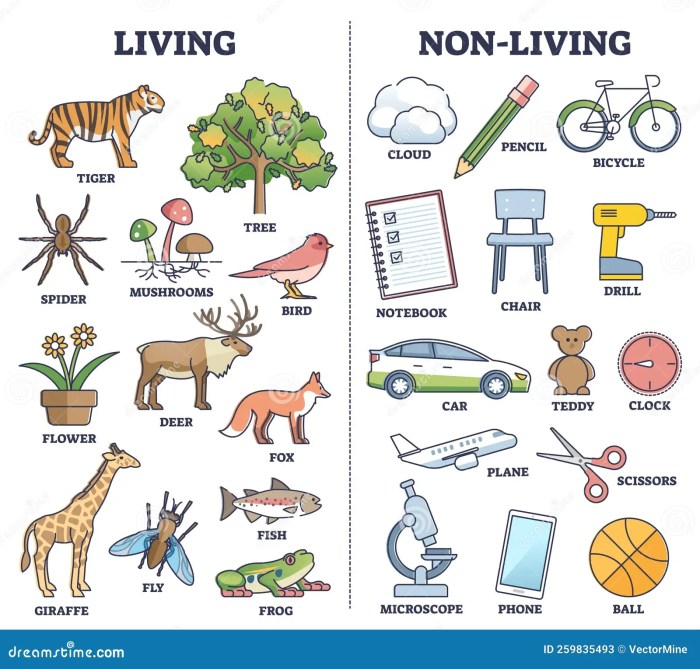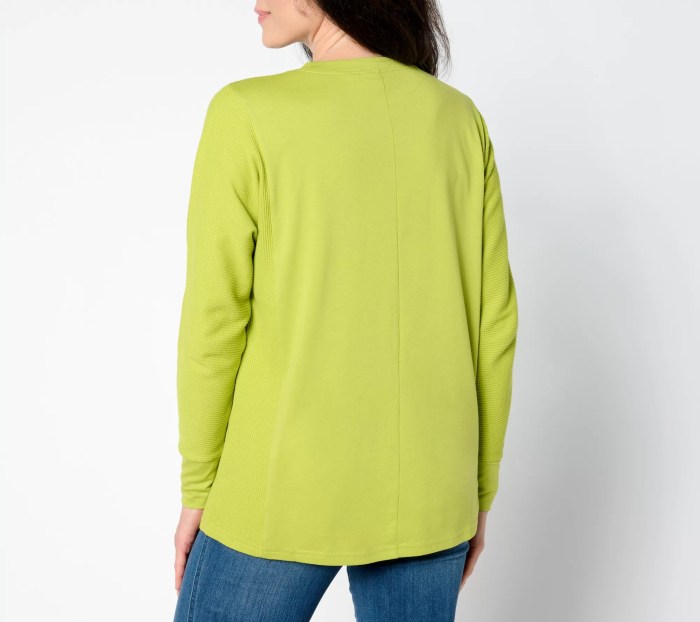Guide to New Hope Pennsylvania: Discover the charm of this picturesque Pennsylvania town. Nestled along the Delaware River, New Hope boasts a vibrant arts scene, stunning natural beauty, and a wealth of culinary delights. This comprehensive guide will lead you through the town’s history, highlight must-see attractions, and provide helpful tips for planning your unforgettable visit.
From world-class galleries to hidden riverside trails, New Hope offers something for everyone. We’ll explore the best spots for art enthusiasts, nature lovers, and foodies alike. Plus, we’ll delve into accommodation options, dining experiences, and transportation details, so you can focus on enjoying your trip.
Introduction to New Hope, Pennsylvania
Nestled along the Delaware River in Bucks County, Pennsylvania, New Hope is a charming town steeped in history and brimming with attractions. Known for its picturesque riverfront, art galleries, and unique shops, New Hope draws visitors seeking a blend of relaxation, culture, and exploration. The town’s rich history and commitment to the arts create a distinct atmosphere that sets it apart.This charming riverside community offers a unique blend of historical significance, artistic expression, and outdoor beauty.
Its appeal lies in the harmonious blend of its past, present, and future, making it a captivating destination for all.
Key Features and Attractions
New Hope’s appeal is multifaceted, drawing visitors with its captivating blend of natural beauty and cultural experiences. The Delaware River forms the backdrop for many activities, from leisurely strolls along the waterfront to kayaking or paddleboarding adventures. Numerous art galleries and studios showcase the region’s artistic talent, and the abundance of unique shops and boutiques offer a treasure trove of souvenirs and local crafts.
History and Cultural Significance
New Hope’s history intertwines with the development of the Delaware Valley. Early settlers established the area for its fertile land and strategic location. The town’s proximity to the river fostered trade and commerce, contributing to its growth and development. Today, the town carefully preserves its historical architecture and traditions, evident in its well-maintained historic buildings and streets.
The town’s artistic spirit has deep roots, reflected in the numerous galleries and studios that line its streets.
Unique Aspects Appealing to Visitors
New Hope stands out from other towns due to its unique blend of historic charm and modern amenities. Its picturesque location along the Delaware River provides a tranquil setting for relaxation and exploration. The town’s commitment to the arts fosters a vibrant and creative atmosphere. Visitors can appreciate the town’s character by browsing the local shops, enjoying the local cuisine, and experiencing the town’s lively atmosphere.
Landing Page Introduction
Discover the captivating charm of New Hope, Pennsylvania! Experience the historic riverside town, where art galleries, unique shops, and the Delaware River come together to create a unique and unforgettable experience. Explore the rich history, immerse yourself in the artistic spirit, and discover the tranquil beauty of this charming destination. Plan your visit today and create lasting memories in New Hope.
Things to Do in New Hope
New Hope, Pennsylvania, offers a delightful blend of charming shops, stunning natural beauty, and a vibrant arts scene. Whether you’re seeking a relaxing stroll along the Delaware River, a dose of artistic inspiration, or a unique shopping experience, New Hope has something to captivate everyone. The town’s accessibility and close proximity to other attractions make it a perfect destination for a day trip or a longer weekend getaway.
Popular Activities by Interest
New Hope caters to diverse interests. From art enthusiasts to nature lovers and shopaholics, there’s something for everyone. Here are some popular activities categorized for easier planning.
- Art & Culture: New Hope boasts a thriving arts community. Numerous galleries and studios showcase local and regional artists, offering a chance to appreciate diverse artistic styles. Exploring these spaces is a wonderful way to connect with the creative energy of the area.
- Nature & Outdoors: The Delaware River provides ample opportunities for outdoor recreation. Enjoy leisurely walks or bike rides along the riverbanks, or find a scenic spot for a picnic. The river itself offers opportunities for kayaking, paddleboarding, or simply relaxing and enjoying the tranquil atmosphere. The surrounding nature trails offer various levels of difficulty, catering to different fitness levels.
I’ve been researching a guide to New Hope, Pennsylvania, and its charming riverside vibe. While exploring potential weekend getaways, I stumbled upon exciting news about the Urban Cowboy Lodge and Resort Catskills expansion. This expansion, detailed in urban cowboy lodge and resort catskills expansion , looks like a fantastic option for a rustic retreat. Ultimately, though, my guide to New Hope is still top of mind, highlighting the perfect blend of history and modern amenities.
- Shopping & Dining: New Hope is renowned for its unique boutiques and specialty shops. From handcrafted jewelry to locally-made clothing, you’ll find a variety of treasures. The town also boasts a selection of charming cafes and restaurants, perfect for enjoying a meal or a drink while soaking up the atmosphere.
Best Times to Visit for Specific Activities
The best time to visit New Hope depends on the activities you have in mind. Spring and fall offer pleasant temperatures for outdoor activities, while summer is ideal for enjoying the river and swimming. Winter brings a unique charm with the riverfront transformed into a winter wonderland. The peak season, summer, usually attracts more visitors and potentially higher prices for accommodations and dining.
Consider visiting during the off-season for a more relaxed experience and better deals.
Attraction Comparison
This table provides a quick overview of some popular attractions in New Hope, comparing their features, costs, and opening hours.
| Attraction | Type | Description | Cost | Hours | Unique Selling Points |
|---|---|---|---|---|---|
| New Hope Arts Center | Art Gallery | Features rotating exhibitions of local and regional artists, showcasing diverse mediums. | Free Admission (exhibitions may have individual costs) | Typically open daily, check their website for specific hours. | Excellent venue to discover new talents and current trends in the arts scene. |
| Delaware Riverfront Park | Nature | Offers scenic views of the Delaware River, perfect for picnics, walks, and bike rides. | Free | Open daily, all day | Provides a tranquil escape from the bustle of the town, close to shops and restaurants. |
| The Old Mill | Historical | A historic mill with shops, cafes, and a glimpse into the area’s past. | Admission varies by activity | Check their website for operating hours. | Offers a taste of New Hope’s rich history and provides various options for food and shopping. |
The Local Arts Scene
New Hope is a haven for art enthusiasts. Numerous galleries and studios dot the town, showcasing diverse artistic styles. Local artists often hold workshops and demonstrations, providing an opportunity to learn and engage with the creative process firsthand. The atmosphere is conducive to both experiencing and creating art. Many galleries host events that cater to different tastes and interests, creating an interactive and welcoming experience for all.
Accommodation Options
New Hope, Pennsylvania, offers a delightful array of lodging options, catering to various budgets and preferences. Whether you seek the charm of a historic bed and breakfast, the convenience of a modern hotel, or the flexibility of a rental, you’re sure to find the perfect place to rest your head after exploring the town’s many attractions. The proximity to the Delaware River, scenic trails, and vibrant shops makes New Hope a highly desirable destination.Finding the right accommodation depends on your priorities.
Are you looking for luxury amenities, or a cozy retreat? Are you traveling solo, with a partner, or a family? Knowing your needs will help narrow down the options and ensure a comfortable stay. Understanding the different types of lodging, their proximity to attractions, and their price ranges will make your decision easier.
Hotel Options
New Hope boasts several hotels, ranging from quaint, boutique establishments to larger, full-service hotels. These options often provide a range of amenities, including swimming pools, restaurants, fitness centers, and meeting rooms. Proximity to the riverfront and shops is a significant factor. The quality of service and the variety of room types often play a crucial role in the decision-making process.
For instance, a hotel near the center of town will typically have easier access to restaurants and shops.
- The Inn at New Hope: A charming hotel known for its historic architecture and cozy atmosphere. It’s located in the heart of New Hope, putting you steps from the shops and restaurants. The price range is generally higher, reflecting the upscale amenities and location.
- The New Hope Inn: A well-regarded hotel with a variety of room types and amenities, providing excellent service. Its location offers easy access to the Delaware River and attractions. The price range is mid-range, accommodating various budgets.
- Other smaller, boutique hotels: Often located in historic buildings, these hotels offer unique charm and character. They are usually closer to the center of New Hope, ensuring easy access to shops and restaurants, but may have limited amenities. Prices generally fall in the mid-range, with some offering special packages or discounts.
Bed and Breakfasts
B&Bs offer a more intimate and personalized experience, providing a unique insight into local culture. The charm of a B&B often lies in the personal touch and warm hospitality of the hosts. Proximity to the shops and restaurants can vary, and some B&Bs may be a short drive from the heart of the action.
- Historic B&Bs: These offer a unique blend of history and comfort, often located in renovated historic homes. They are typically in the mid-range to higher price range and offer a memorable experience, often with a touch of history and local charm.
- Modern B&Bs: These often incorporate contemporary design and amenities, while maintaining a welcoming atmosphere. They usually offer a wide range of amenities and options. Prices are often comparable to mid-range hotels.
Vacation Rentals
Vacation rentals provide a degree of flexibility and space, making them suitable for families or groups. The range of sizes and types can vary widely. Proximity to attractions depends on the specific rental.
- Houses: Houses offer a large space, perfect for families or groups. They are often further from the town center but might offer a kitchen and other amenities.
- Condos: Condos typically provide a balance between space and convenience. They are usually located closer to the center of town. Prices can vary significantly depending on the size and amenities.
Comparison Table
| Accommodation Type | Pros | Cons | Price Range |
|---|---|---|---|
| Hotels | Convenience, variety of amenities, often central locations | Can be impersonal, sometimes higher prices | Mid-range to High |
| B&Bs | Intimate experience, personal touch, often historic charm | Less convenient location in some cases, fewer amenities than hotels | Mid-range to High |
| Vacation Rentals | Flexibility, space, often kitchens | Potentially further from town center, may not have all amenities | Variable, can be low to high depending on size and location |
Dining Experiences in New Hope
New Hope, Pennsylvania, boasts a vibrant culinary scene, reflecting its picturesque charm and the surrounding natural beauty. From cozy cafes to upscale restaurants, the dining options cater to diverse palates and preferences. The town’s location, nestled along the Delaware River, provides a backdrop for memorable meals, offering a taste of the region’s bounty and tradition.This guide delves into the diverse dining experiences New Hope offers, highlighting unique restaurants and cafes, and providing insights into local cuisine and culinary traditions.
So, you’re planning a trip to New Hope, Pennsylvania? Great choice! To make the most of your time there, you should definitely check out the local activities. While you’re exploring the charming shops and riverside beauty of New Hope, you might also want to consider venturing a little further afield for some thrilling water sports, like those found in Bend, Oregon.
For the best water sports in Bend, check out this comprehensive guide: best water sports bend oregon. Once you’ve had your fill of the adrenaline rush, you can return to the peaceful atmosphere of New Hope, ready to enjoy the rest of your trip.
We’ll also explore some highly-rated establishments, categorized by type, and present a table showcasing popular restaurants, their menus, and ambiance.
Local Cuisine and Culinary Traditions
New Hope’s culinary scene is deeply rooted in the area’s rich agricultural heritage. Fresh, locally sourced ingredients are frequently featured on menus, showcasing the bounty of the surrounding farms and orchards. Expect an emphasis on seasonal produce, often incorporated into innovative dishes. The influence of nearby Philadelphia and the region’s historical connection to Dutch settlers are also noticeable in the culinary offerings.
Restaurant Selection
New Hope offers a diverse array of dining experiences, from casual cafes to fine-dining restaurants. A great way to experience the culinary scene is to try several different options, each offering a unique perspective on the local flavors.
Highly-Rated Restaurants
Here are some highly-rated restaurants in New Hope, categorized by cuisine type:
American Cuisine
- The River House: Known for its exquisite American cuisine, emphasizing fresh, locally sourced ingredients. The outdoor seating offers breathtaking views of the Delaware River.
- The Rusty Spoon: A charming spot serving classic American fare with a modern twist. Their emphasis on seasonal dishes ensures freshness and flavor.
Seafood
- The Waterfront Grille: This popular spot boasts a wide selection of fresh seafood, prepared with a focus on simple, elegant dishes. The location directly on the river adds to the dining experience.
Italian Cuisine
- Giovanni’s Trattoria: A cozy Italian restaurant serving traditional pasta dishes and pizzas. The atmosphere is warm and inviting, perfect for a relaxed dinner.
Cafes and Coffee Shops
- The Daily Grind: This popular coffee shop offers a wide variety of coffee drinks, pastries, and light meals. It’s a great spot for a quick breakfast or a coffee break.
Popular Restaurants
| Restaurant | Cuisine | Ambiance | Menu Highlights |
|---|---|---|---|
| The River House | American | Upscale, romantic, with river views | Pan-seared scallops, locally sourced steaks, seasonal vegetable dishes |
| The Waterfront Grille | Seafood | Casual, waterfront | Grilled fish specials, fresh oysters, crab cakes |
| Giovanni’s Trattoria | Italian | Cozy, family-friendly | Homemade pasta, wood-fired pizzas, classic Italian appetizers |
| The Daily Grind | Cafe | Relaxed, vibrant | Specialty coffee drinks, breakfast sandwiches, pastries |
| The Rusty Spoon | American | Charming, neighborhood | Creative salads, gourmet burgers, artisan sandwiches |
Transportation and Getting Around
New Hope, with its charming shops and riverside beauty, is best explored at a relaxed pace. Navigating the town efficiently is key to maximizing your visit. Whether you’re arriving by car, train, or bus, understanding the options and local nuances will make your trip smoother and more enjoyable.Knowing how to get around New Hope, from the town center to the surrounding attractions, is crucial for a fulfilling experience.
Efficient transportation allows you to spend more time appreciating the area’s unique features.
Driving Directions and Parking
Finding your way to New Hope is straightforward. From major highways, numerous well-marked routes guide you to the town center. The most common approach is to follow the scenic riverside road, which offers picturesque views along the way. However, keep in mind that parking in New Hope can be challenging, especially during peak seasons. Limited spaces and high demand often require some strategic planning.
Consider arriving early or using alternative parking options outside the town center. Designated parking lots in nearby areas can provide convenient access to the shops and attractions.
Public Transportation
While a car offers flexibility, public transportation can be a viable option for those seeking a more eco-friendly approach or avoiding the hassle of parking. Regional bus routes connect New Hope with neighboring towns and cities, providing a reasonable alternative for those who prefer not to drive. Check the schedules and routes of the local bus system in advance to ensure a smooth travel experience.
Ride-Sharing Services
Ride-sharing services like Uber and Lyft are readily available in New Hope. These platforms offer a convenient and cost-effective alternative for reaching various destinations, particularly when parking is unavailable or inconvenient. They can help you get around the town easily and connect with nearby areas.
Reaching Attractions from the Town Center
New Hope’s attractions are typically within walking distance of the town center. Many shops, restaurants, and riverside spots are easily accessible on foot. For attractions slightly further afield, utilize ride-sharing services or the local bus system. A quick trip by these options can efficiently transport you to nearby destinations.
Parking Options and Limitations, Guide to new hope pennsylvania
Parking in New Hope is limited, especially during peak season. On-street parking is available but often fills up quickly. Consider parking in designated lots outside the town center and walking into the heart of New Hope. This can be a worthwhile compromise between convenience and parking availability.
Comparison of Transportation Methods
| Transportation Method | Cost | Travel Time | Accessibility |
|---|---|---|---|
| Driving | Variable (gas, tolls) | Generally faster, depending on traffic | Flexible, but parking can be challenging |
| Public Transportation (Bus) | Affordable | Slower, with potential delays | Accessible, but limited routes |
| Ride-Sharing (Uber/Lyft) | Variable (depending on distance and demand) | Generally faster, less time-consuming | Convenient, but subject to availability |
Local Culture and Events: Guide To New Hope Pennsylvania

New Hope, Pennsylvania, boasts a vibrant cultural scene interwoven with its picturesque charm. The town’s identity is deeply rooted in its artistic heritage, attracting both residents and visitors who appreciate its unique blend of history, creativity, and community spirit. This cultural richness is evident in the diverse shops, the talented artists, and the numerous festivals that celebrate the town’s spirit.The town fosters a strong sense of community, where local events and festivals play a crucial role in bringing people together.
Planning a trip to New Hope, Pennsylvania? I’ve got a fantastic guide coming soon, packed with all the local gems and hidden eateries. While you’re researching flights, consider checking out options for Alaska Airlines flights between Alaska, Detroit, Sacramento, and Anchorage. alaska airlines flights alaska detroit sacramento anchorage might be a great way to get there.
Regardless of your travel route, New Hope awaits with its charming shops and riverside beauty.
These gatherings not only showcase the town’s unique character but also provide opportunities for residents and visitors to connect, celebrate, and experience the local culture firsthand.
Local Shops and Boutiques
New Hope is renowned for its charming boutiques and unique shops. These establishments offer a wide array of goods, from handcrafted jewelry and pottery to locally sourced art prints and clothing. Shopping in New Hope provides a glimpse into the creativity and artistry that permeate the community. Many shops feature the work of local artisans, supporting the local economy and showcasing the talent within the area.
Local Artists and Their Contributions
The artistic spirit of New Hope is evident in the numerous local artists who contribute to the town’s vibrant atmosphere. From painters and sculptors to musicians and performers, these artists create and share their work, fostering a sense of artistic expression and community. Their contributions enrich the cultural tapestry of the town, attracting visitors and supporting the local arts scene.
Many artists have studios or galleries in the town, allowing for direct interaction with their work.
Upcoming Festivals and Events
New Hope hosts a variety of festivals and events throughout the year, catering to different interests and tastes. These events provide opportunities to celebrate the town’s culture and heritage. These festivals are not just entertainment; they are significant parts of the community’s identity, bringing people together in celebration.
| Event | Date | Location | Description |
|---|---|---|---|
| New Hope Summer Arts Festival | July 21-23, 2024 | Main Street, New Hope | A three-day celebration of art, music, and food. Featuring live music performances, art demonstrations, and a variety of food vendors. |
| New Hope Fall Harvest Festival | October 27-29, 2024 | New Hope Town Square | A celebration of the fall season, featuring local crafts, food vendors, and live music. |
| New Hope Holiday Stroll | December 1-3, 2024 | Main Street, New Hope | A festive holiday celebration featuring decorated shops, live music, and holiday treats. |
Practical Information

New Hope, with its charming atmosphere and vibrant community, offers a wealth of experiences for visitors. Navigating the local services and understanding essential details can enhance your trip. This section provides key information on pharmacies, banks, hospitals, local laws, optimal visit times, and helpful resources, ensuring a smooth and enjoyable stay.Understanding the practical aspects of your visit will help you make the most of your time in New Hope.
Knowing where to find essential services, comprehending local regulations, and recognizing the best time to visit will make your experience more convenient and enjoyable.
Local Services
New Hope boasts a variety of essential services to cater to visitors. These services, like pharmacies, banks, and hospitals, are conveniently located, ensuring easy access for visitors. This allows for quick solutions to minor health concerns, banking needs, and other necessities.
- Pharmacies: Several pharmacies are situated throughout New Hope, providing a range of medications and health products. These pharmacies often have convenient hours and can be easily located online or via local guides. Examples include local chains and independently owned stores.
- Banks: Major banks and credit unions maintain branches in New Hope, enabling easy access to banking services for travelers. ATM accessibility is also readily available in various locations.
- Hospitals: Nearby hospitals, like [Name of Hospital], offer comprehensive medical care. Information on emergency services and directions is readily available online or from local tourism bureaus.
Important Information for Visitors
Comprehending local regulations and laws is crucial for a respectful and smooth visit. These regulations ensure the safety and well-being of all visitors and residents.
- Local Laws and Regulations: Visitors should familiarize themselves with local ordinances concerning parking, noise levels, and public gatherings. These regulations are usually available on the New Hope Borough website or at the visitor’s center.
- Parking: Parking in New Hope can be limited, particularly in the central areas. Visitors should be aware of parking restrictions, fees, and designated areas to avoid potential fines or difficulties.
Best Time to Visit
The optimal time to visit New Hope depends on personal preferences and the desired experience. Weather patterns and seasonal events significantly influence the atmosphere and activities.
- Weather: New Hope experiences four distinct seasons. Spring offers pleasant temperatures and blooming flowers. Summer brings warmer weather and outdoor activities. Autumn presents stunning foliage displays. Winter offers a unique charm with holiday events and festive decorations.
- Seasonal Events: New Hope hosts various events throughout the year, such as the annual [Name of Event] in the fall. These events significantly influence the best time to visit, especially for those interested in particular activities or celebrations.
Helpful Resources
Several resources are available to assist visitors with their stay in New Hope. These resources provide information, directions, and essential details for a pleasant experience.
- New Hope Borough Website: The official website of the borough provides comprehensive information on local ordinances, events, and services.
- Local Tourism Bureaus: Local tourism bureaus offer detailed guides, maps, and information about attractions, accommodations, and dining options.
- Visitor Centers: Visitor centers provide valuable resources, including brochures, maps, and contact information for local businesses and services.
Last Recap
In conclusion, your New Hope adventure awaits! This guide has provided a thorough overview of the town, highlighting its unique appeal and diverse offerings. From the vibrant art scene to the delectable dining options, New Hope promises an enriching and memorable experience. So, pack your bags, plan your trip, and prepare to be captivated by the beauty and charm of this delightful Pennsylvania destination.

